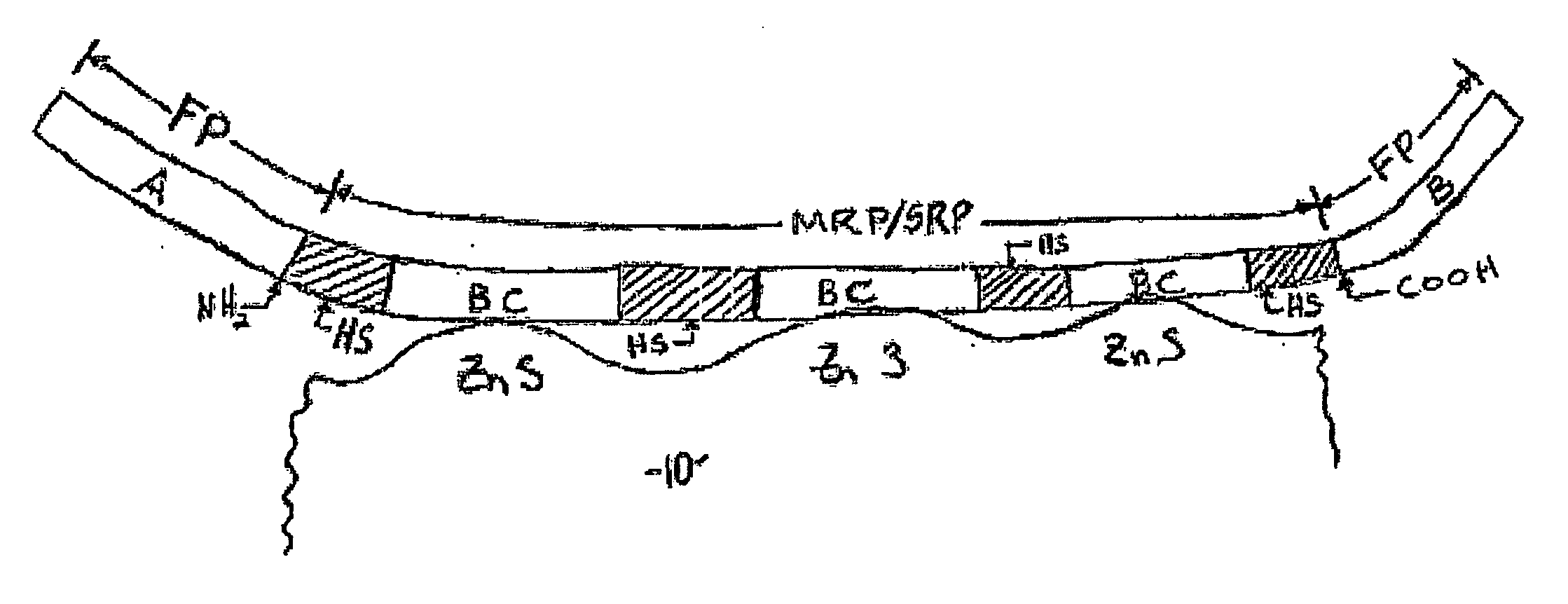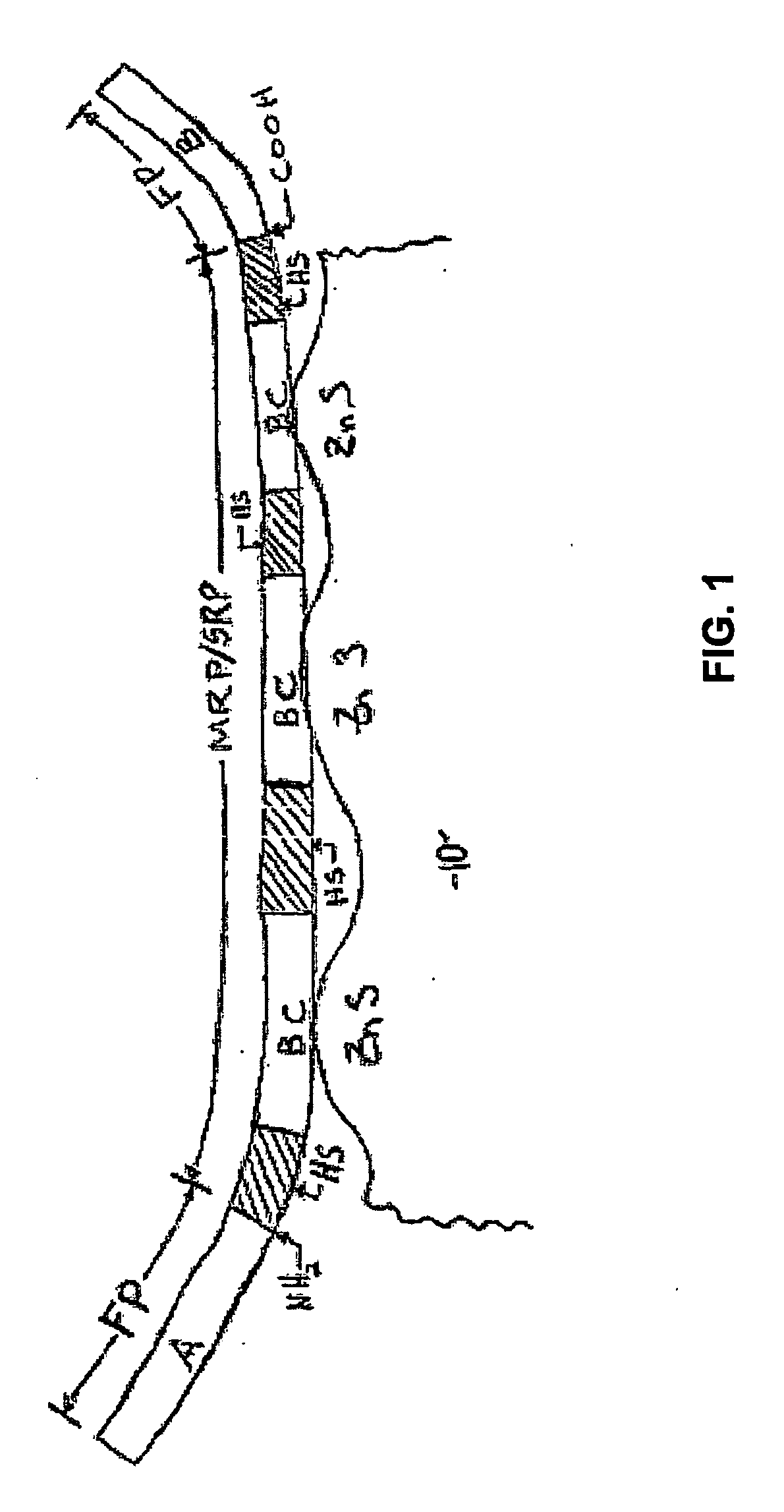Bioactivation Of Particles
- Summary
- Abstract
- Description
- Claims
- Application Information
AI Technical Summary
Benefits of technology
Problems solved by technology
Method used
Image
Examples
Embodiment Construction
[0021]The present invention generally involves converting particles that are biologically non-functional into bioactivated particles that have one or more functional characteristics that are necessary to make the particles useful in biological systems. This is accomplished by attaching bioactivation peptides to the surface of the particles. These specialized peptides are capable of imparting one or more biologically important functions to the particles. As will be discussed in detail below, the bioactivation peptides of the present invention effectively eliminate the need for conventional lining agents that have been used in the past to connect biologically functional groups to particle surfaces. In addition, the use of bioactivation peptides to impart biological function(s) to particles is extremely versatile and relatively simple. It has wide applications to any type of biological system where particles having specific biological functions are required.
[0022]The term “bioactivated...
PUM
| Property | Measurement | Unit |
|---|---|---|
| Diameter | aaaaa | aaaaa |
| Diameter | aaaaa | aaaaa |
| Dielectric polarization enthalpy | aaaaa | aaaaa |
Abstract
Description
Claims
Application Information
 Login to View More
Login to View More - R&D
- Intellectual Property
- Life Sciences
- Materials
- Tech Scout
- Unparalleled Data Quality
- Higher Quality Content
- 60% Fewer Hallucinations
Browse by: Latest US Patents, China's latest patents, Technical Efficacy Thesaurus, Application Domain, Technology Topic, Popular Technical Reports.
© 2025 PatSnap. All rights reserved.Legal|Privacy policy|Modern Slavery Act Transparency Statement|Sitemap|About US| Contact US: help@patsnap.com



